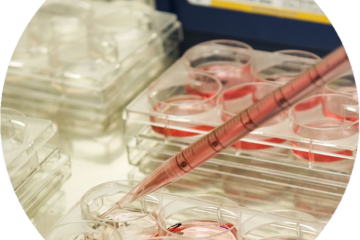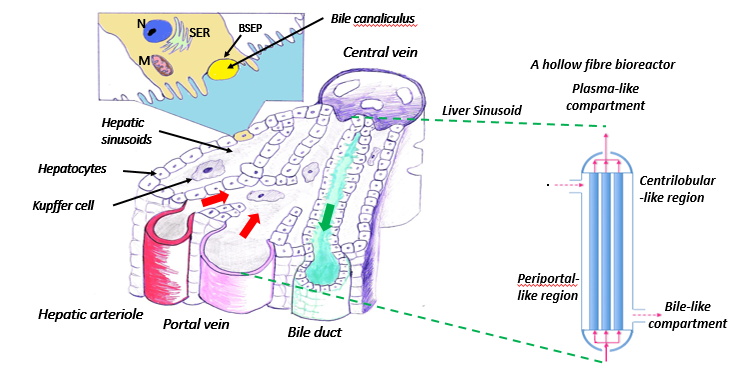CRACK IT Challenge
Development and mathematical modelling of zonated hollow fibre bioreactors for in vitro to in vivo extrapolation of systemic chemical toxicity

At a glance
In progress
Award date
Contract amount
£997,634
Contractor(s)
Sponsor(s)
R
- Replacement

